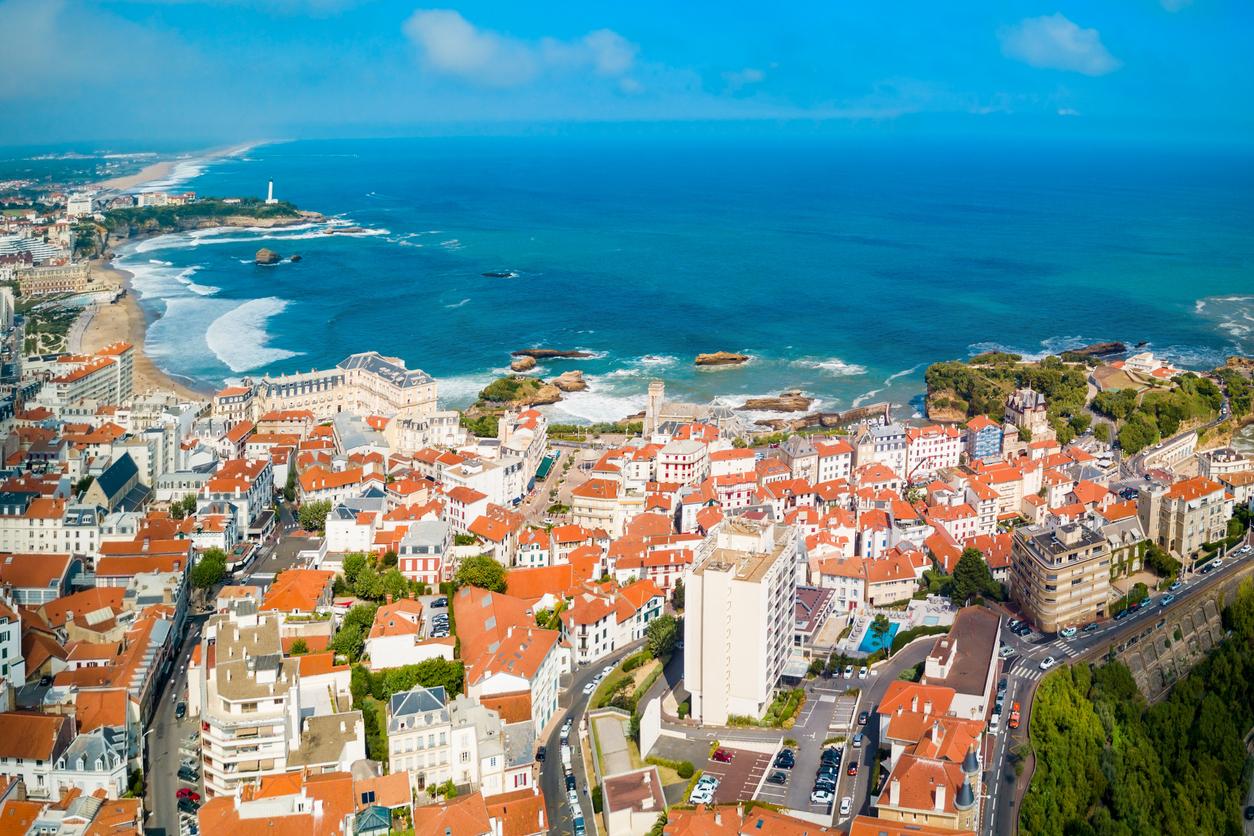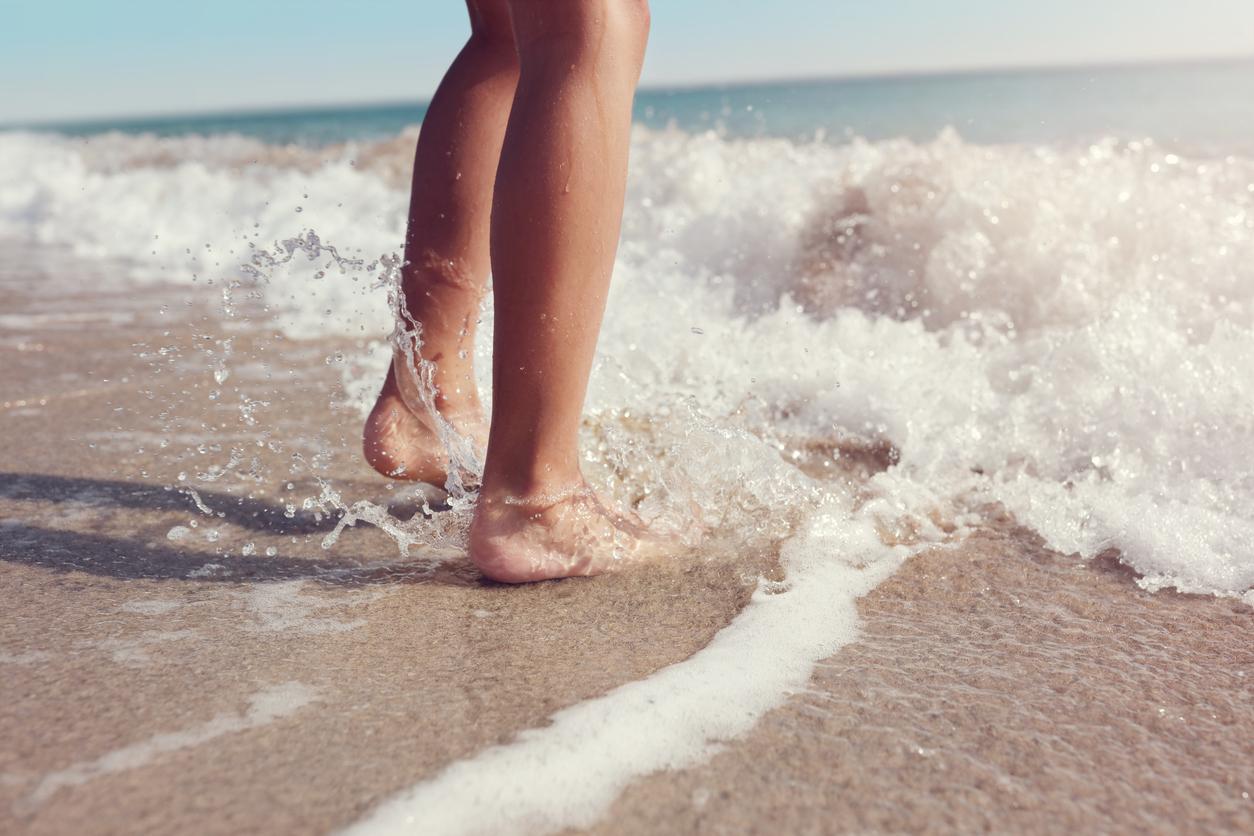Appointment with the podiatrist
If you do your pedicure yourself, start by cutting your nails regularly, neither too short at the risk of causing ingrown toenails, nor too long to prevent them from being compressed in your shoes.
The right form? Square on the front and slightly rounded on the sides. Preferably use special scissors, to avoid injuries, and carefully file the edges of the nail, always in the same direction. Never forget the hydration step: “The feet are one of the driest areas of the body. Bet on a cream that is not too greasy, in order to avoid slipping on the tiles or in your shoes, and above all to limit maceration, ”explains Dr Jouille, chiropodist. Massage them for a few minutes each time, in order to boost the penetration of the active ingredients and, as a bonus, to relax you.
Even if they are not that badly in shape, it should ideally show your feet once a year to a podiatrist.
Indeed, “a thorough diagnosis makes it possible to detect anomalies and to deal with them before they worsen”, insists the specialist. During this appointment, we will dislodge the inevitable small thickenings of the skin on the heels and toes, but also the painful corns and calluses. All this painlessly using a burr or a small scalpel blade. These operations must be performed very gently, because if the skin develops a layer of horn in certain places, it is because shocks or friction have attacked it. Thus, to defend itself, it produces like a shell. If this thinning is done suddenly, it is to be expected that this excess of stratum corneum will grow back quickly. This is why, at home, it is better to stick to a simple regular exfoliation. The podiatrist will also check the health of the nails, clean them, restore them to good shape and possibly sand them with a grinding wheel.
Choose good shoes
Your feet can be weakened, traumatized or oppressed, in particular because of unsuitable shoes. “The ideal is to choose them in leather, and not in synthetic, having a rounded shape on the front, with a small heel of 4 or even 5 cm to seat the arch of the foot”, specifies the specialist. Of course, you can wear shoes with high heels, straps or even ballet flats and sneakers from time to time, but remember that they deform the feet and affect their well-being. On your next purchase, opt for a pair that respects feet and nails.
Another advice, buy them preferably in the evening, if not, take an additional half-size. As the foot swells during the day, this margin will prevent tightness. And, if the shoe hurts when you try it on, the verdict is final: it is not compatible with your feet. Also remember to “break” it before wearing it for the first time and protect the areas that rub with bandages.
Three exercises for the feet
1. Practice walking barefoot on different surfaces to stimulate them. Alternate steps with your toes and flat feet. Remember to raise them at the end of the day.
2. Roll a spiked ball gently under your foot, then under the other. The massage that follows chases away the tensions accumulated during the day.
3. Take a “relaxing” foot bath. Dilute 3 drops of tea tree essential oil (for its bactericidal properties), lavender and chamomile in a few centiliters of whole milk, then pour this mixture into lukewarm water. Soak for 5-10 min. Guaranteed relaxation!
After these little exercises, all you have to do is massage your feet with a cream “just for them” to complete their beauty.
















